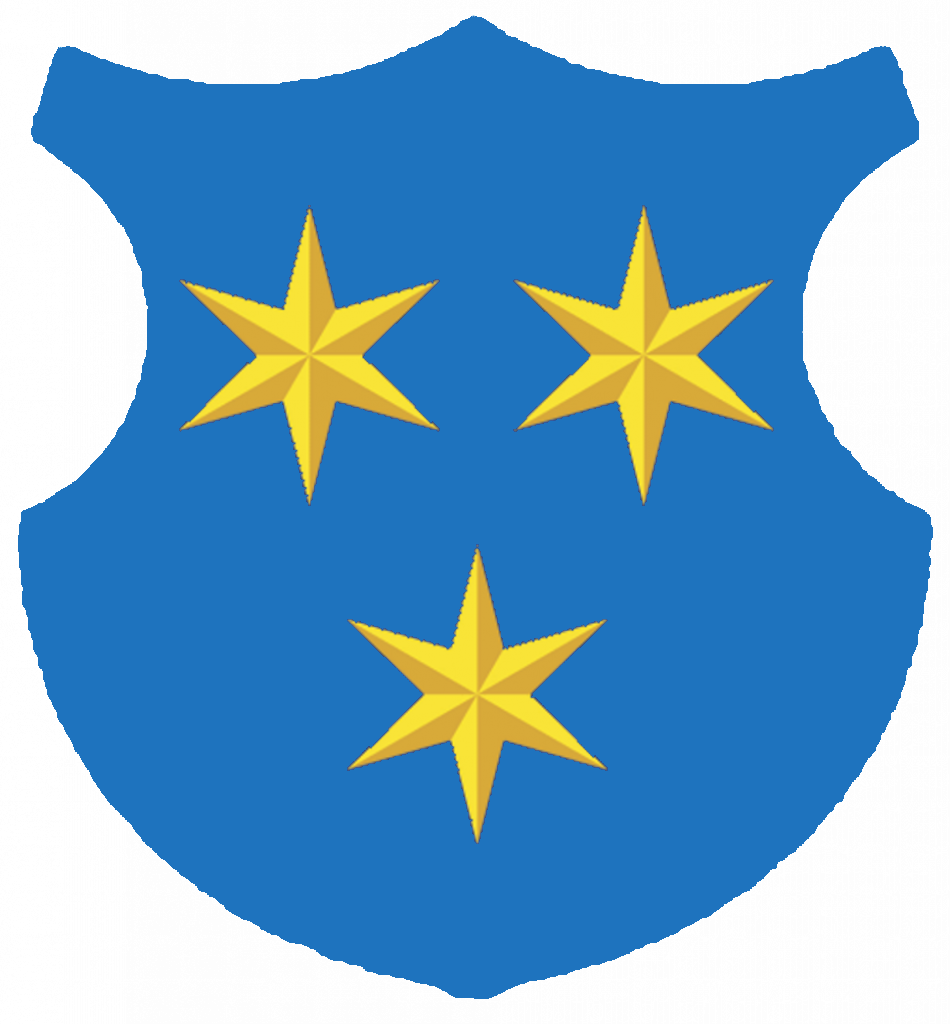| Author: | Article:
We Drank Water Teeming With Harmful Insects A Few Words About the Hungarians, the Counts and A Few Other Things |
 |
The Runaways …
or Why the Apprentices of the Taw Guild Avoided the Town by the Savinja River Like the Plague
The article describes how two itinerant taw apprentices from Celje ran away from their guild masters who tried to force them (by imprisonment and beating) to continue to work for them. The apprentices found refuge with the taw guild in Graz which called the two masters to account for their maltreatment of the boys. The master craftsmen, in their turn, sought the protection of the Town Council of Celje. The dispute grew into an acrimonious hail of abuse and accusations from both sides and eventually, the state authorities had to intervene in it. Much to the relief of all concerned parties, the matter was forgotten after a year of investigation (in 1753).
Stop, Stop the Iron Elephant!
The Arrival of the Southern Railway to Slovenia
The Southern Railway connected Celje with Vienna in 1846. In 1849 the Southern Railway railway tracks were laid to Ljubljana and in 1857, the tracks were extended on to Trieste. In all three cities, the arrival of the first train was greeted with magnificent receptions on splendidly decorated platforms. The main part of the article focuses on the reflections, feelings and impressions of our ancestors a few years before and after the arrival of the railway in the region now known as Slovenia.
America: A Paradise for Women
Compared to the amount of men who had emigrated to the United States by World War I, the wave of female emigrants from Slovenia was much weaker in numbers. Missionaries like Friderik Baraga, Franc Pirc and Jakob Trobec often summoned members of sister orders from their homeland to assist them in running households and performing missionary work as teachers, organ players and choir singers. During the period of mass emigration, many wives packed their bags and went after their husbands who had decided to live permanently in the United States, while many young women emigrated in the hopes of finding a husband in the New World. The majority of these women found employment as maids and cooks. Amongst these, the girls from Domžale (in Carniola) and its surroundings were something special. As expert straw hat makers, many of them were soon employed in the hat factories in New York, Chicago and Cleveland. The American Slovene women were active in emigrants’ associations, Church activities and from the turn of the century onwards, also in the political life of the country. Most importantly, these women could breathe more freely in America, as they were not hemmed in by the restrictions of the patriarchal way of life which still governed society in their European homeland.
We Drank Water Teeming With Harmful Insects
On the Cultural History of the Waterworks and Sewage System in Ljubljana Before World War I
The author deals with the beginnings of the waterworks and modern sewage system in Ljubljana in the period from 1880 to 1910, which formed the foundations for improved sanitary and hygienic conditions in the town. Both novelties enabled every house to be supplied with water and to have a “water closet” and a bathroom, (the latter of which, however, was still a matter of prestige). As a result of the introduction of the new waterworks and sewage system, the sanitary irregularities in the city slowly disappeared and a new quality of life began to establish itself.
A Few Words About the Hungarians, the Counts and A Few Other Things
Before the region of Prekmurje was joined to the Kingdom of Serbs, Croats and Slovenes, Sóbota had the status of a semi-rural borough counting no more than 3,000 inhabitants. Despite its smallness, Sóbota was the scene of numerous political disputes between the Slovenes and the Hungarians on one side, and the Jews and the Catholics on the other. The only family which managed to surpass all these differences and capture the sympathies of all the inhabitants of Sóbota in the period before World War I were the counts of Szápáry. The cultural development of Sóbota began at the end of the 19th century and was closely orchestrated by the local rich, while the town’s economic development did not commence until the period between the wars.
What Was The Woman in Reality?
Based on the documents of the German consulate in Ljubljana, kept in the Political Archives of the German Foreign Office (Politisches Archiv Auswärtigen Amtes) in Bonn, the author depicts the visit of Red Cross member Maria Bognar in Ljubljana in 1941. With the help of the German and Italian police reports of the event, he reconstructs her life and activities. The answer, however, to the question of what this woman’s real function was and what she actually did in Ljubljana, however, still remains a secret.
J’Accuse
or How to Redress the Injustices Committed After World War II
The article describes and documents the life story of one of the numerous people in Slovenia after World War II who refused to keep secret or even renounce their Catholic belief. Particularly in the case of public servants, the authorities tolerated only a hidden religious life, while public expression of religious feelings was strictly forbidden. Unwanted believers were harassed and systematically and publicly slandered and discredited by conspiracies to incriminate them on false charges.
